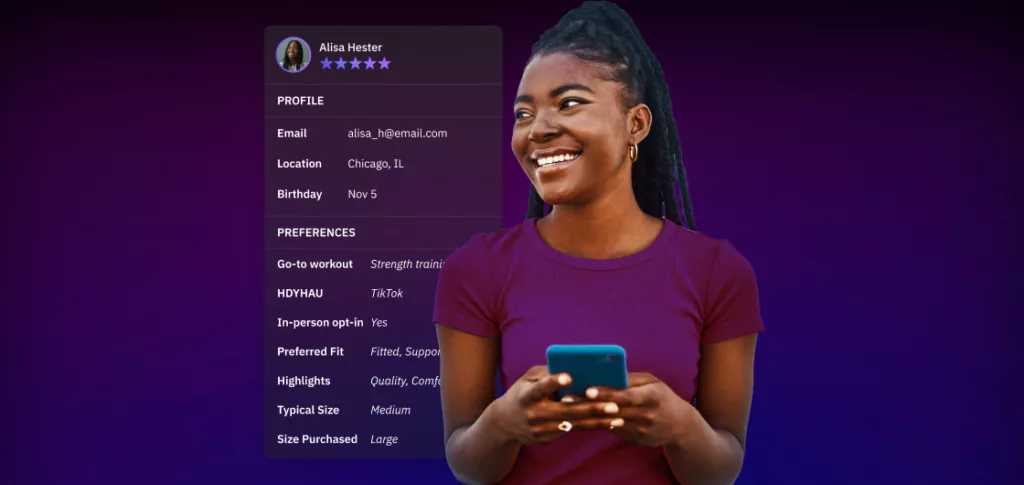
- Quizzes
- Reviews and UGC
- Surveys
- Zero-Party Data
How to Collect and Implement Zero-Party Data into Your Customer Marketing
Megan Wenzl | Nov 13, 2023
Mar 7, 2022 | 9 minute read

Matt Goodman
Co-founder, CEO
Josh Chin, Co-Founder & CEO of Chronos Agency
Mar 7th 2022
For the past year, the conversations surrounding the end of third-party cookies have been intense.
Google announced that the third-party cookie ban will be delayed until 2023, which gives marketers time to prepare for the cookieless future.
Now, here’s the thing: experts have pinpointed zero-party data as the key to success in a post-cookies world. It’s more important than ever to know how to leverage zero-party data in your ecommerce marketing strategy.
Zero-party data is data that your customers share intentionally and voluntarily with your brand. Examples include purchase intentions and personal preferences shared through answering polls, surveys, or quizzes.
Meanwhile, third-party data comes from sites and sources your business doesn’t own. It’s very likely that online users did not provide this information voluntarily, such as demographic information and buying signals.
Because of third-party data, marketers can retarget prospective customers while they travel from one website or social media platform to another.
Zero-party data, like third-party data, is used to create personalized experiences for potential and existing customers. While zero-party data is recognized as more valuable and more accurate, third-party data is easier to obtain.
When third-party cookies are banned for good, so will be your access to third-party data. This shift means you need to change how you collect data that will help you deliver tailored customer journeys.
Zero-party data’s accuracy will help ecommerce businesses improve personalized customer experiences, so they’ll need to think of ways to gather zero-party data to aid their marketing efforts.
Essentially, the disappearance of third-party cookies and data opens opportunities for enhanced customer journeys and stronger relationships along the way.
The shift to using zero-party data in your marketing efforts can affect your revenue in a few major ways.
You have to remember that zero-party data is provided voluntarily by online users. They wouldn’t give information on their preferences to just anyone, right?
Think of it as the golden circle of lifecycle marketing.
Imagine creative ways to obtain zero-party data. That can mean auditing your current strategies and frameworks so that you can identify where you can make collection an easier process.
You can then use the data to market to potential and existing customers. You’re able to create hyper-personalized marketing campaigns across various channels due to the accuracy and the quality of the zero-party data you’ve gathered.
The result? The fact that online users are providing you with data means your ecommerce brand comes across as trustworthy. Providing them with an amazing customer experience will only level up their trust and loyalty to your brand.
How does this translate to revenue? Brands with top-of-the-line customer experience bring in 5.7 times more revenue. Plus, 80% of shoppers said that they are more likely to buy if a brand offers personalized experiences.
Bottom line: Establish trust, deliver personalized experiences, and your business will reap the benefits.
Aside from increasing your revenue, using zero-party data helps reduce marketing waste. Since zero-party data is more accurate and effective, you can avoid casting a wide net.
Instead, you can go more granular and get more out of it at the same time. Personalization can also bring your customer acquisition costs down by half.
Between bringing down your marketing costs and increasing your revenue, it’s easy to see the impact that zero-party can have on your business growth.
Capturing attention is one thing. Capturing their preferences is another story.
There are many ways to get zero-party data from customers. Remember, it’s not only about getting data but also providing a value exchange. Here are some ideas on how you can start gathering zero-party data as soon as possible.
Online users will find it irresistible to give their information if there is something really valuable they can get their hands on.
You will usually see pop-ups offering discount coupons in exchange for giving a few details. Don’t shy away from mixing it up. Try offering something that will really make your store visitors excited.
Here are some more examples:
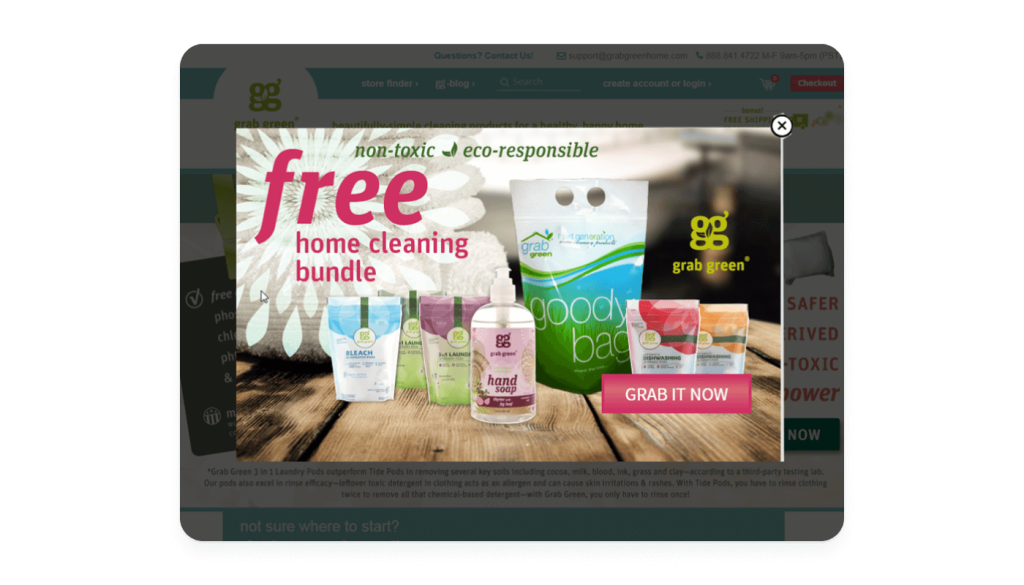
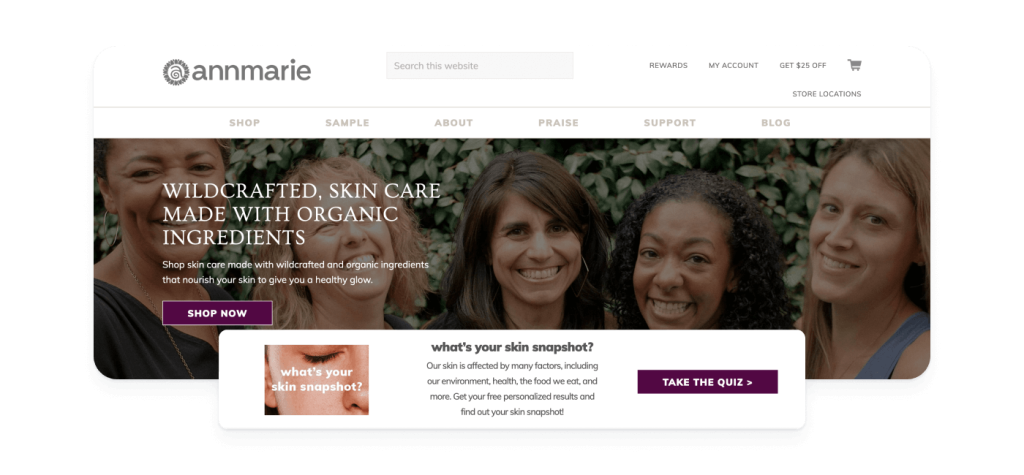
Old-fashioned surveys can work wonders for understanding your audience’s preferences. You can craft surveys, polls, or fun quizzes through your website’s pop-ups or even through your email campaigns.
It’s even possible to create polls using social media, like what IKEA did with their Instagram stories. Not only were they able to promote two products at once, they were also able to get opinions on what was more popular.
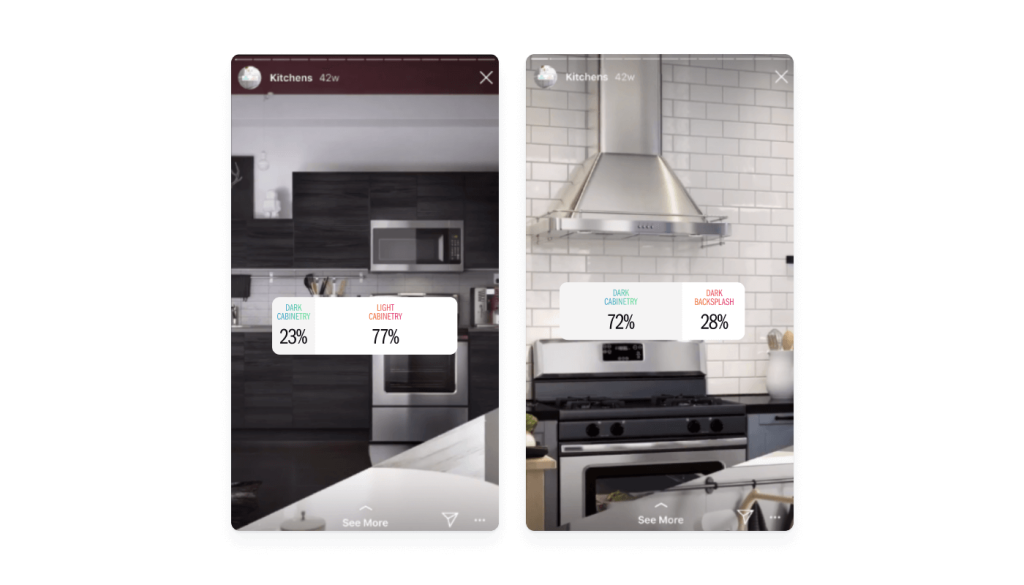
Consider tying in fun quizzes with product recommendations like what Care/Of did. They used a long-form quiz-type survey that funnels into product recommendations. You can then segment your audience so you can market specific products via your email marketing campaigns.
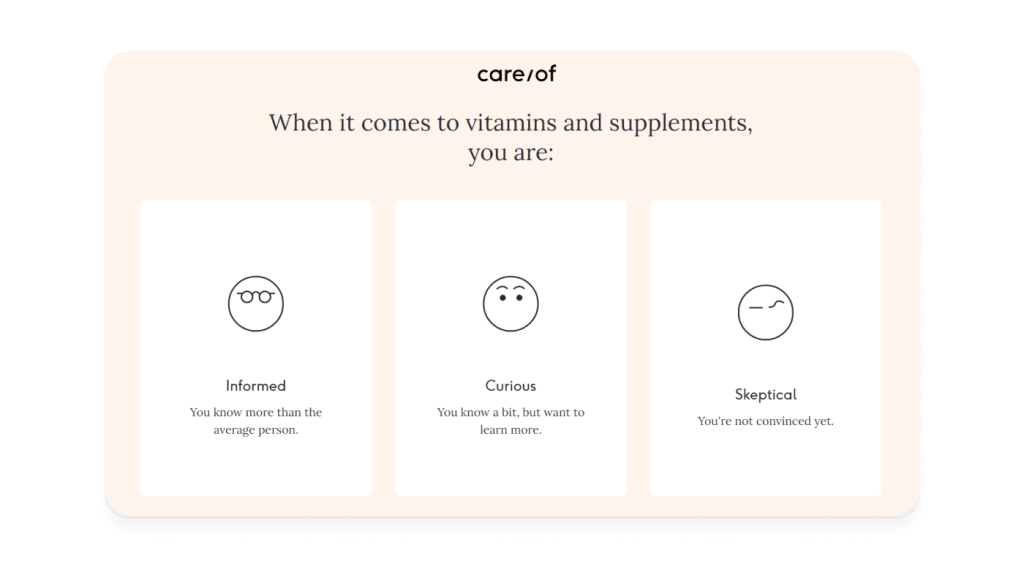
Create opportunities for your current customers to provide you with feedback on their purchases.
Revisit your current post-purchase email marketing flow and insert a request for a review scheduled a few days after receiving the product.
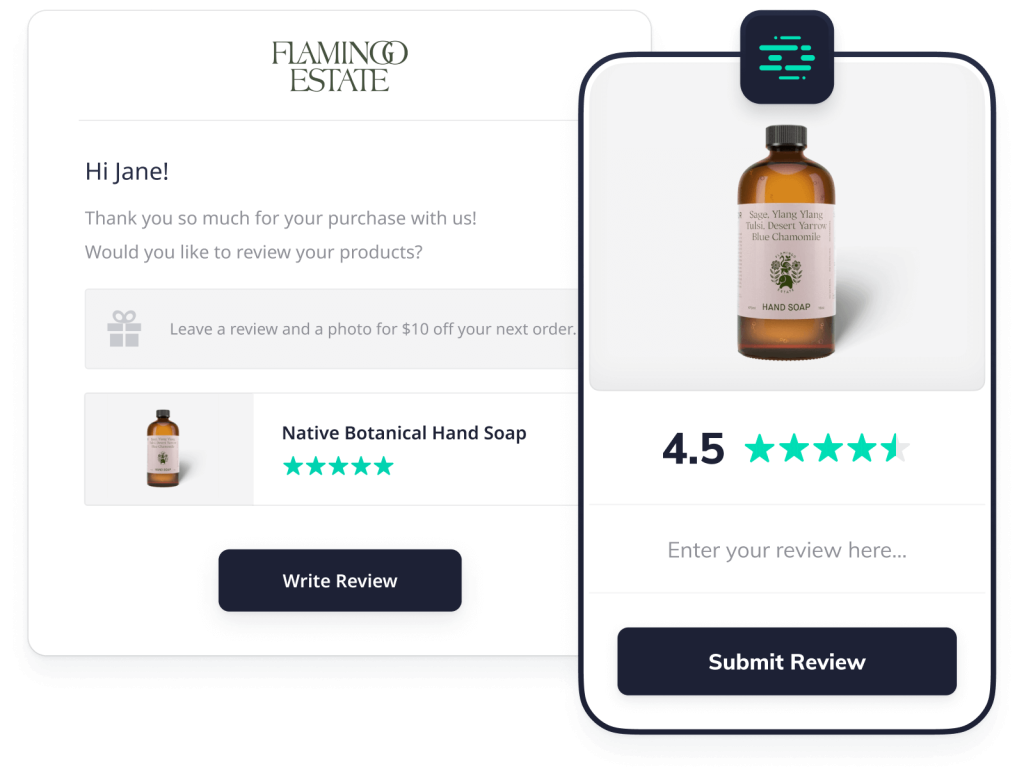
Once you optimize your review-collection process, you’ll have a goldmine of data! You’ll have a clearer idea of your customers’ preferences and what they do or don’t like about your products, allowing you to hone in the messaging and marketing strategies that will work best for them in the future.
Another advantage of review collection is the ability to build a solid library of user-generated content (UGC) that will serve your ecommerce marketing strategy in the long run. After all, 79% of shoppers admitted that UGC has a high impact on their buying decisions.
There’s no better time to prepare yourself for the post-cookie apocalypse. Here are a few solid ways that you can use zero-party data in your future ecommerce marketing strategy.
You probably already have your basic email marketing nurture workflows. However, you can go further down the personalization rabbit hole by adding in advanced workflows designed to create tailored customer journeys for each shopper, regardless of which stage they’re at.
Here’s a quick checklist of some of the advanced workflows that have generated $90M in revenue for our clients last year:
At Chronos, email is one of our core specialties, and we’ve helped clients weather the post-cookie world as early as now by implementing more hardworking workflows and segmentation strategies.
It’s time to put those reviews and UGC you’ve gathered to good use. The first step is to segment your audience further. Let your creativity run — there will always be new ways to segment your list.
For example, you can segment your lists according to product preferences or purchase history, or depending on their answers to your quizzes or surveys.
Let’s say you sell jewelry. You can create a segment for your existing customers who have viewed or bought only gold accessories. Then, an option is to create email workflows that recommend other gold accessories they haven’t purchased yet. It’s possible to design these emails with reviews or user-generated content from verified buyers. Add in photos or videos, or even impactful comments.
The key takeaway is this: always find new ways to segment your list so you can create more personalized customer journeys. Use your existing reviews and UGC to drive home the messaging.
Find your best and most impactful reviews and build campaigns around them. Here are some strategies you can test:
Basically, make sure your best reviews get the audience they deserve. This is zero-party data at its best since consumers trust their peers more than brands.
Zero-party data is already an important aspect of digital marketing, but will be even more crucial in the months to come.
Need some help in auditing your current marketing efforts? We’d be happy to help you explore retention strategies through owned marketing channels that will help your business scale sustainably. Schedule a free brand audit with us at this link.
The future of digital marketing is brighter than you may think it is: a place where customer experiences and relationships take center stage. With the right tools and effective lifecycle marketing strategies, your ecommerce business will be ready to thrive in the years ahead.

As Co-founder & CEO of Chronos Agency, Joshua Chin has led his company to deliver over $120M in annual email marketing revenue from clients. He’s passionate about sharing the message lifecycle marketing to help your audience grow their businesses and their brands.
Related articles
Ready to learn more?